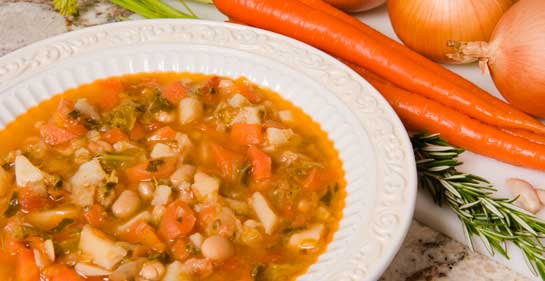
Health-conscious adults have all kinds of ideas about what they will—and won’t—feed their children. Those ideas generally go right out the window when they face the reality of a finicky eater who, thanks to outside influences, finds goldfish crackers or cereal bars far more appealing than carrots or broccoli. More often than not, parents resort to bribery or coercion to get their kids to eat the healthy foods they need.
In recent years, several cookbooks caused a stir by suggesting that parents could “hide” healthy vegetables—usually in the form of purées—in foods like brownies or pasta sauces. Some parents and experts vilified this approach, calling it a sneaky method that did not teach children how to eat healthfully. Others, who viewed it as a last resort to improving their child's diet, embraced it.
As it turns out, new research appears to have validated the sneaky approach. Researchers at Penn State gave 39 children, ages three to six, two versions of the same foods—traditional and vegetable-enhanced—on three separate days. Each of the foods was familiar to the children—zucchini bread, pasta with tomato sauce, and chicken noodle casserole. The enhanced foods were supplemented with a variety of puréed vegetables, which not only increased the nutritive value, but also reduced calories by 15 to 25 percent. The vegetables included broccoli, cauliflower, zucchini, tomatoes and squash.
The children ate the same weight of both versions, suggesting that did they not notice a difference in taste. Furthermore, the vegetable-enhanced versions doubled their vegetable intake and reduced their caloric intake by 11 percent.
Interestingly, a previous study published in the American Journal of Clinical Nutrition reported similar results when adults were served vegetable-enhanced entrées, suggesting that everyone might benefit from the addition of “hidden” vegetables in traditional foods.
Even so, lead author, Dr. Marueen Spill, cautions parents and says, “preparing vegetable-enhanced entrées is a technique that should be used with other strategies, such as providing vegetables as snacks and side dishes.”
In other words, the goal should still be to encourage children—and adults—to make healthy choices and to learn how to like eating vegetables.
Sources:
Blatt, A.D., Roe, L.S. and Rolls, B.J. (2011). Hidden vegetables: An effective strategy to reduce energy intake and increase vegetable intake in adults. American Journal of Clinical Nutrition, 93, 4, 756–763.
Spill, M.K. et al. (2011). Hidden vegetables to reduce energy density: An effective strategy to increase children’s vegetable intake and reduce energy intake. American Journal of Clinical Nutrition, 94, 3, 735–741.